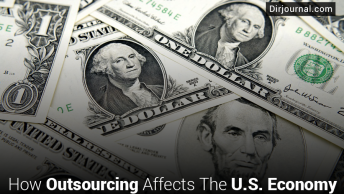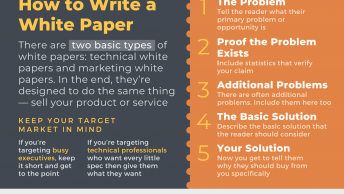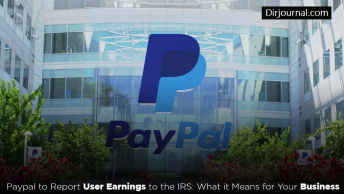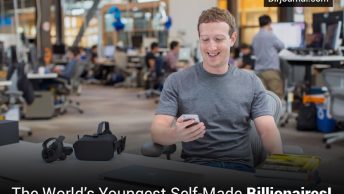Employer branding is the image or the USP of a company. To explain branding better, let us understand what USP is. In the marketing context, USP is the unique selling proposition that defines a product or service that sets it apart from its competition. A brand encompasses the expectations woven around a product or service and is the trusting point of an organization. It includes a logo, name or other elements such as symbols or images. Branding represents the soul of the company. Human resource management has adopted the concept of employer branding and communicates the employer’s promise of what the business has to offer the employee. It explains how working in the company is unique when compared to working elsewhere.
Defined in several ways, an employer brand today is all about capturing the essence of the company and engaging employees.
A good employer brands are those where companies spend time in introspection and answer questions, such as “what are we, and what is it we want to achieve.” All the constituents of the organization are involved. It conveys the company’s culture, attitudes, systems and employee relationships. It encourages employees to embrace and share the goals of success and productivity and take pride in the organization.
However, there are several companies that treat employer branding as just a short-cut to attract talent. The HR departments go all out to conjure up attractive ad images of their company to target the market; instead of the essential soul-searching that takes companies to the top. This is the reason customers as well employees find a perception-reality gap.
Companies that do understand what employer branding is all about know it’s an important strategic driver. They attract ideal candidates, fostering the ability to increase profitability, maintain market share and achieve high levels of success. They do this through value proposition that changes the employment experience in the company.
As an example, let us look at a major company that started with familiarizing the employees with the culture and values of the organization. Then it treated the first group of employees as brand ambassadors to spread the message forth. Then they concentrated on strengthening their internal branding through the creation of a corporate film that was run everywhere in the organization. While internal branding was taken care of by events within the organization, external branding was done through job fairs, hoardings and advertisements that reflected their culture. These unique branding concepts set an organization apart from others.
If we analyze successful employer brands, we will find that those companies have not done anything consciously to build their brands. They decide on the organizational set up they want and create policies around their thinking. They just work on creating a productive workplace where people would be happy to work. For example, a particular company has decided that all their employees, whether the CEO or the junior manager will be treated at par and it involves traveling in the same class etc. This policy may not attract people who do not believe in this concept, while it attracts some. This company did this because they believed in it and this later on became their employer branding policy.
No two companies are alike and what works for one may not work for the other. Employer branding has to fit in the DNA of the company and has to be unique to the company. An employer brand can exist only if the employees believe in it. Even if the advertising does manage to lure talent, retention in the long-term will be a problem without proper experience. Google has a very strong employer brand but hardly spends money in building it; instead they live the brand. Leadership teams and CEOs of such organizations with strong employer brands live the brand values.
The shrinking pool of talent brings on an unprecedented demand that poses a challenge for organizations. A positive employer brand is the way for employers to attract talent and get to work for them instead of the competition. It is much more than just a PR exercise and an opportunity for companies to create branded factors as their USP for employee satisfaction and developing an image as an employer.
Welcome to the perfect new Brand world where decision making time is reduced for the employees!! This exciting world has employers living their promises day-in and day-out.












